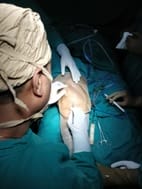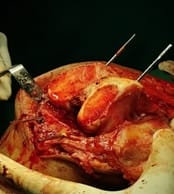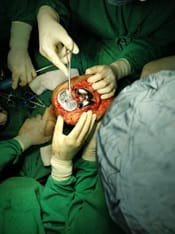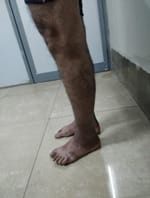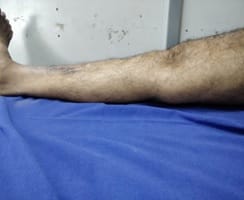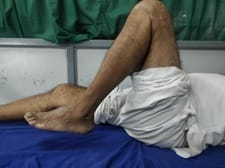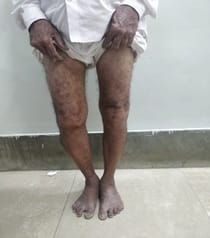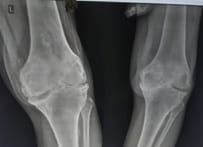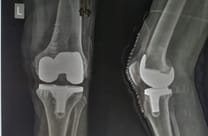Evaluation of clinical outcome of non-patella resurfacing total knee replacement
Gandhi S.1, Parikh D.2*, Ankleshwaria T.3, Vala P.4
DOI: https://doi.org/10.17511/ijoso.2020.i03.12
1 Shreyas Gandhi, Professor, C.U. Shah Medical College, Ahmedabad, Gujarat, India.
2* Darshil Parikh, 3rd Year Resident, C.U. Shah Medical College, Ahmedabad, Gujarat, India.
3 Tapan Ankleshwaria, 3rdYear Resident, C.U. Shah Medical College, Ahmedabad, Gujarat, India.
4 Pathik Vala, Assistant Professor, L.G. Hospital, Ahmedabad, Gujarat, India.
Introduction: There is no difference in clinical and functional outcome after total knee arthroplasty (TKA) for knee osteoarthritis between patellar resurfacing and non-resurfacing. Thus, the current study has performed this study to evaluate the outcome of non-patella resurfacing total knee arthroplasty. Methods: A total of 50 patients in series who came to our institute with clinical signs and symptoms of osteoarthritis confirmed radiologically, were operated. The current study measured the outcomes with Knee society score and VAS score. Results: There was a significant difference in the outcome of non-resurfaced patella pre-operatively and post-operatively. There was a significant improvement in the mean range of motion (ROM) 87.2 pre-op vs 104.4 post-ops, KSS pre-op mean 39.66 vs post-op mean 83.26. The improvement in the functional score was pre-op 52.5 to post-op 83.36. The mean VAS score decreased from 7.98 to 2. There was no difference in patella resurfacing and non-patella resurfacing. Conclusion: The results showed a significant difference in knee society score and VAS pre-operatively and post-operatively.
Keywords: Non-patellar resurfacing, Osteoarthritis, Total knee arthroplasty
| Corresponding Author | How to Cite this Article | To Browse |
|---|---|---|
| , 3rd Year Resident, C.U. Shah Medical College, Ahmedabad, Gujarat, India. Email: |
Gandhi S, Parikh D, Ankleshwaria T, Vala P. Evaluation of clinical outcome of non-patella resurfacing total knee replacement. Surgical Rev Int J Surg Trauma Orthoped. 2020;6(3):208-214. Available From https://surgical.medresearch.in/index.php/ijoso/article/view/179 |


 ©
© 